I see a lot of photography. LOTS. Through judging, reviewing, blitzing, and editing folios & websites there are many recurring themes that come up and understandably one of them is travel.
Even when I ask photographers the billionaire question (what would you do if you had limitless money?) a regular answer is ‘Travel and shoot’
Let’s face it, travel is possibly what got you hooked on photography in the first place.
Travel photography tends to make me think of editorial and press photography. Assignments on food and culture, geography and nature. Stories dominated by specific places. The photographer is always the visitor.
However this is not really what top ad agencies and high end clients are looking for. If travel is in the brief, these guys are usually looking to employ an international photographer who can shoot global work, sometimes in multiple locations. I negotiated many global assignments like this.
There’s a huge difference between the two, and if you want to be perceived as the latter, the following might help you think differently about how you approach travel work, (and all your personal work) no matter how experienced you are.
1. Show a different perspective
The trouble with travel photography, in its most common form, is it’s been done.
The horrible attraction of poverty (and the moral ethics that come with that) is another post entirely but one which troubles me. I struggle with the multitude of starving homeless people in developing countries that appear in my Dropbox, ready to be edited.
That aside, there are enough shots of Venetian boats, the Taj Mahal, rosy-cheeked Tibetan people and sunsets over West Coast beaches to sink an army.
If you’re going to shoot anything that’s been done this much before, you’re going to have to show a different perspective.
Show iconic places in a way they haven’t been seen before.
Bring depth to cliches. (Except sunsets. Just don’t do those. Please.)
Many photographers have shot paint-splattered people celebrating joyously in Holi festival crowds, whilst clouds of colour explode from every direction.
But photographer Greg Elms has removed the context, which he does when shooting portraits of people all around the world. In doing so he draws our attention to the person and gives us space to really see them.
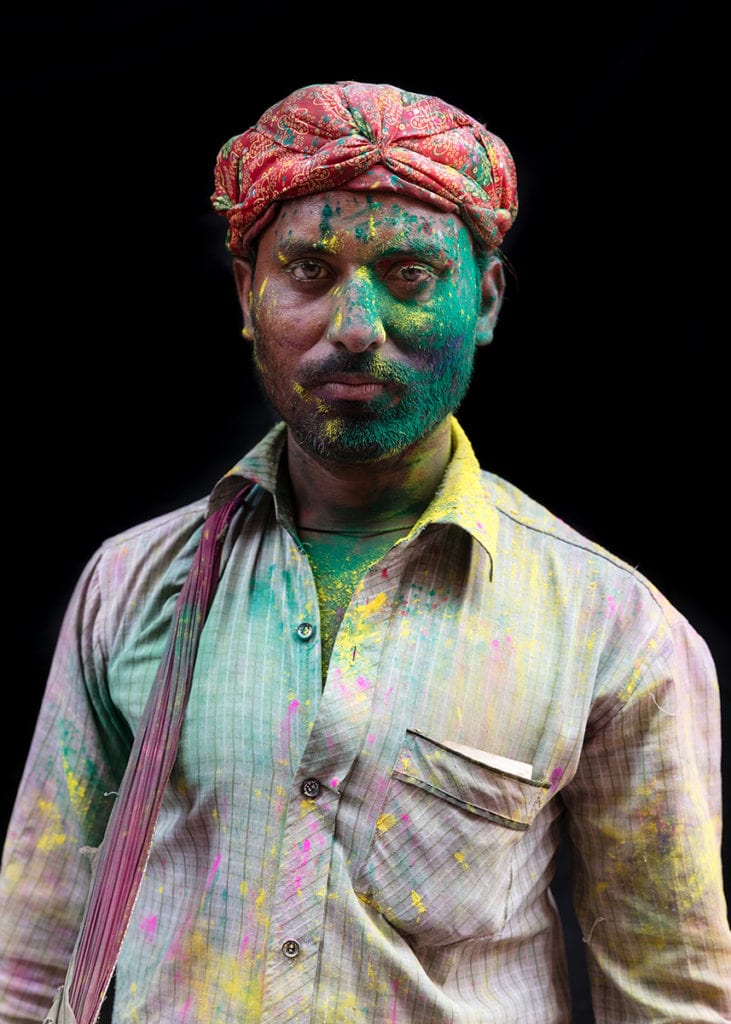
Most travel photographers feel compelled to show context. Sometimes it’s the right thing to do. Often it’s unnecessary.
It has a tourist-like quality.
If you can’t find a different perspective, find places and cultures that haven’t yet been captured, and do it in your own way.
Which leads me to the next point.
2. Shoot with a consistent voice
The creative director of a big ad agency in Singapore once told me they hired an Sydney based photographer because they loved his emotive style, glowing with flare and backlight, sparkling moments and aspirational people.
But the assignment had to be shot in South East Asia, where humid equatorial weather hid the sun behind clouds or in a haze of pollution. The results were a reflection of the light there- soft skies, flat imagery, and barely a shadow in sight. Typical of the region.
Disastrous all around because the shots had completely lost all trace of the style for which the photographer was known and hired.
And yes, it was the photographer (or his agent)’s job to either inform them of this possible outcome, or bring the appropriate lighting to prevent it.
If you know your style, for goodness sake make sure you can reproduce it anywhere, like international photographer Francesco Bittichesu, whose camera ‘spies’ on the lives of people around the world in a James Bond-esque fashion, evoking mystery and intrigue wherever he is.

An international advertising photographer must be able to connect a campaign with one strong voice, REGARDLESS of location.
Maintaining style and feel is the key to successfully responding to a brief that asks you to shoot a campaign in multiple countries with different light.
If you need help identifying your style you can find out more here.
Then apply this self-awareness to your projects and assignments to glue them together, wherever you are.
3. Think about ideas, not just stories
Photographers, especially travel photographers, often show me ‘stories’.
Stories are fabulous, and everyone wants a story these days, but it doesn’t have to follow predictable and boring guidelines.
I’m used to seeing a shot of a landscape, a portrait of a person who lives there, a detail shot of the thing they make, all shot in the same place to help tell the full story.
But does it?
International photographers shoot bodies of work that transcend place. They shoot ideas.
They’ll shoot a derelict service station in Mexico and then they’ll shoot more derelict service stations in other places. A boarded up cafe on the Salton Sea with a rusted pump in the dusty forecourt. An abandoned Icelandic station in the snow. It tells a story by building up a global picture.
Portraits of children around the world in their bedrooms, such as ‘Where children sleep’ by James Mollison, is a great example.
Zoe Wetherall’s shots of architecture in cities around the world do the same.

Suddenly we notice how we are all different…and how we are the same.
It’s a concept. One that people in the ad world will relate to and enjoy- perhaps even connect with you over.
4. Make every shot a stand-alone hero
In the advertising world, and even the fine art world, one shot must be able to stand alone and shine. It must be easy to ‘get’. Powerful enough to stop us in our tracks, elicit a response, and make us think, or explore it in more depth. Less can often be more.
It does not have the luxury of other back-up images to help get the message across. No. You have to get it in one image.
An ad in a magazine, scooting past on the internet, or driving past a Billboard.
A piece of art on the wall.
I believe this is one of the many reasons that makes advertising the most challenging type of photography in the world, and yet it produces the best photographers in their craft.
Your task as an advertising photographer is to make every shot shine alone, and to do this every time, so people recognise the connection to others from the series.
International photographer Billy Plummer is an ex ad creative, who makes the ordinary look extraordinary, whatever he shoots.

Your task as an international photographer is to achieve the above regardless of variations in light, culture and location.
Are you ready to take on the world with an international eye?
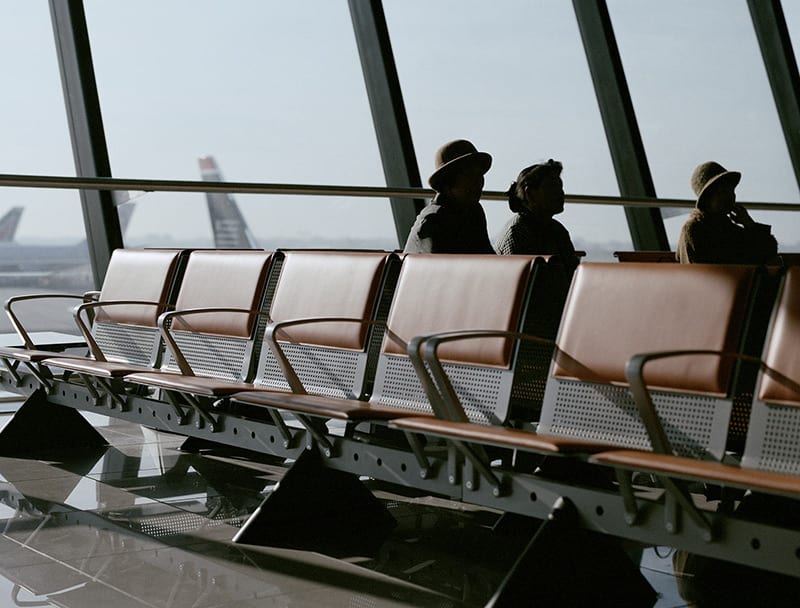
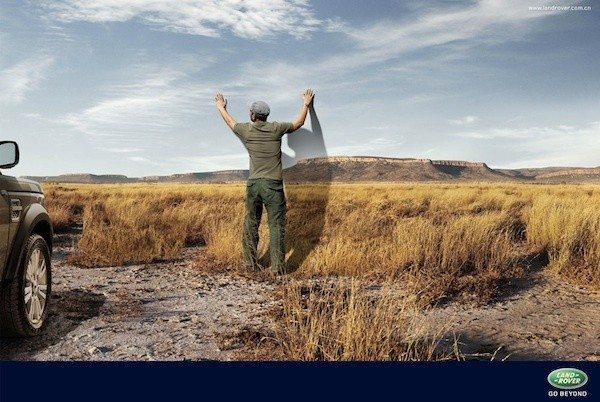 Marketing
Marketing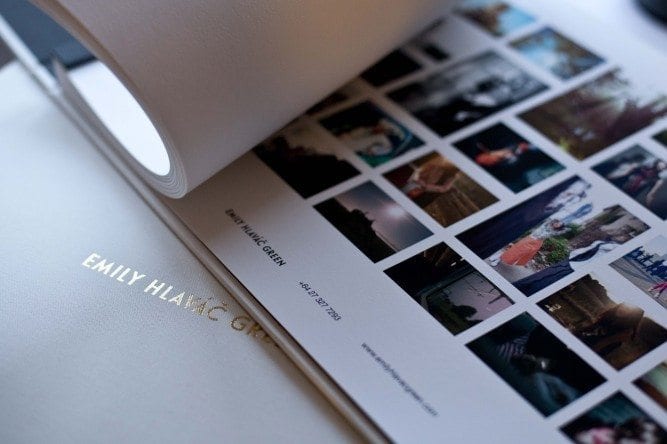 Folios & Editing
Folios & Editing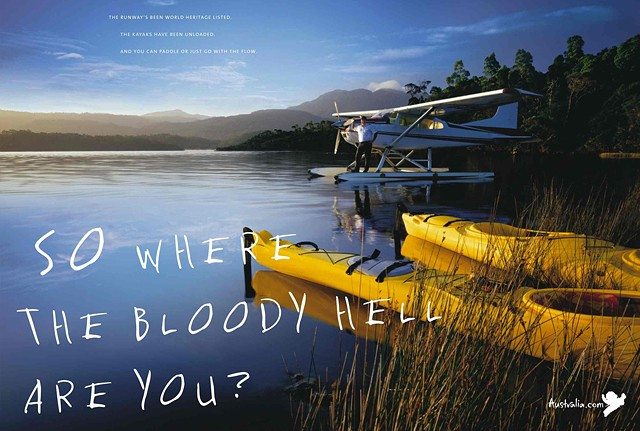 Finding Direction
Finding Direction Asia Assignments
Asia Assignments Personal Work
Personal Work Closing the deal
Closing the deal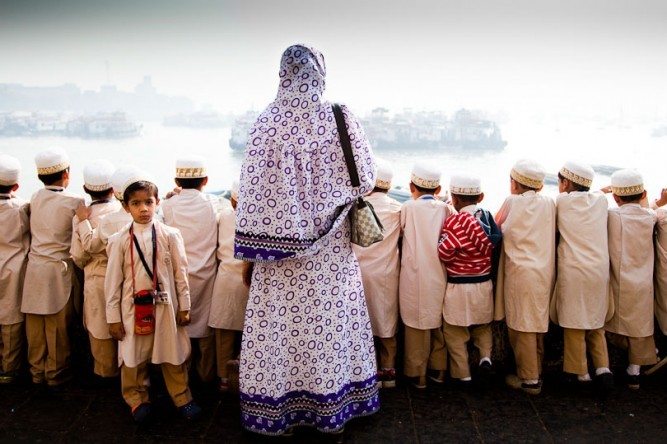 Most Recent
Most Recent Case studies
Case studies Interviews
Interviews